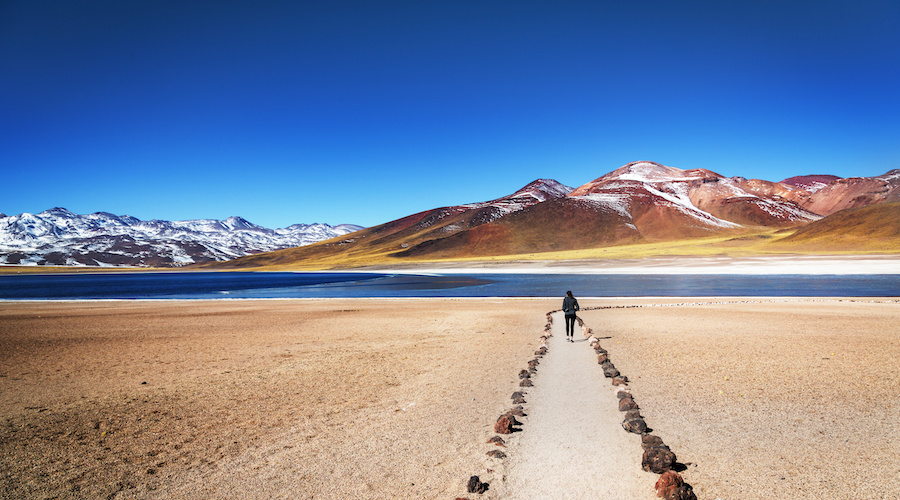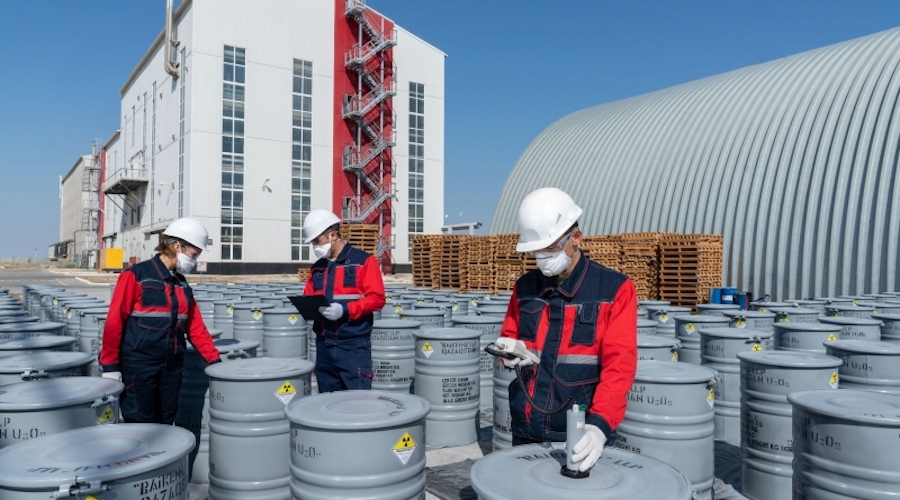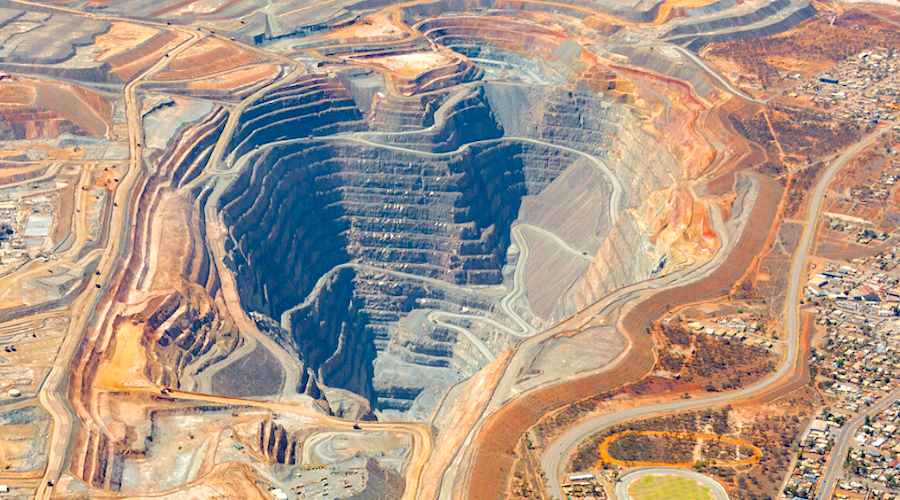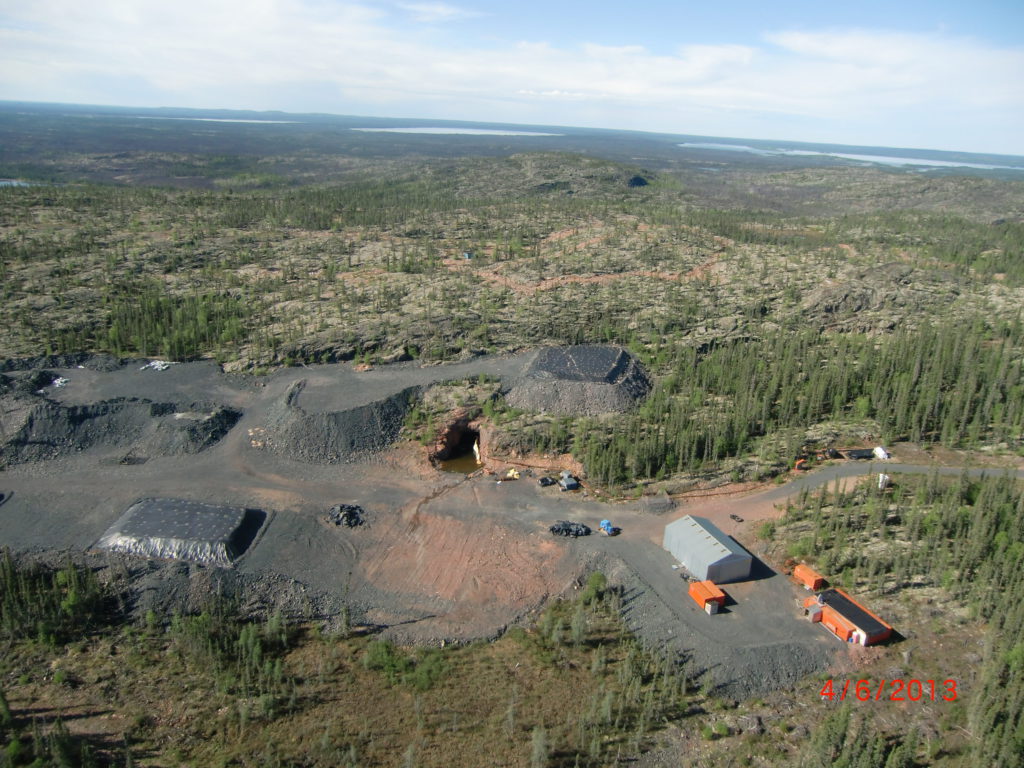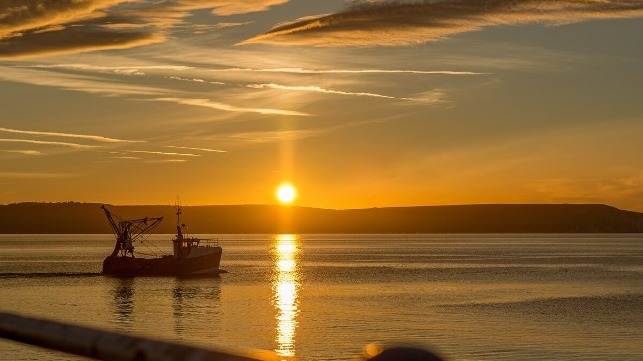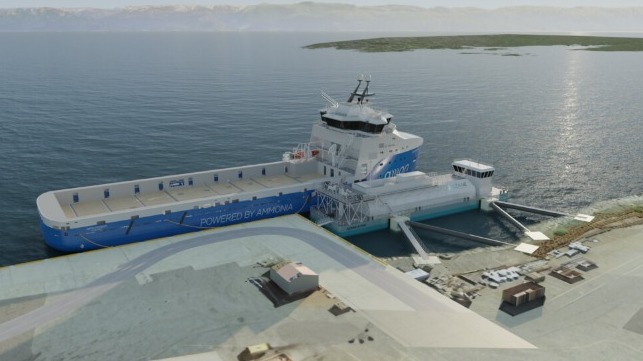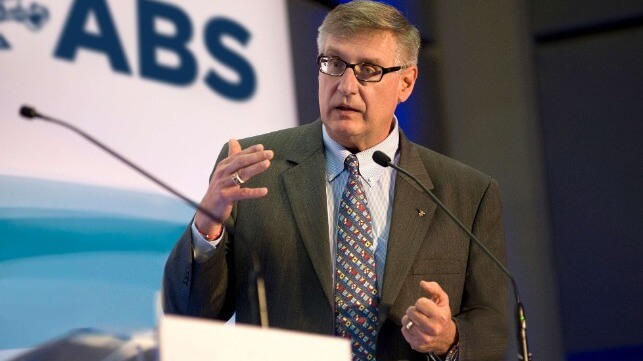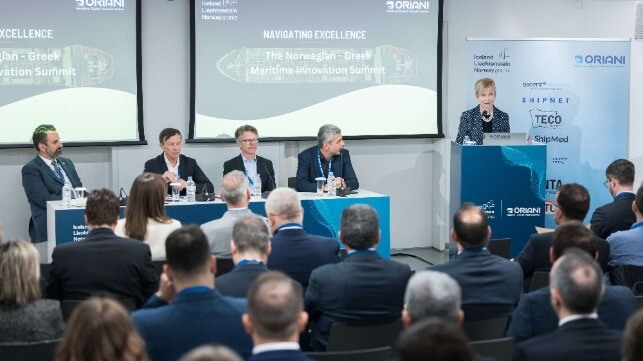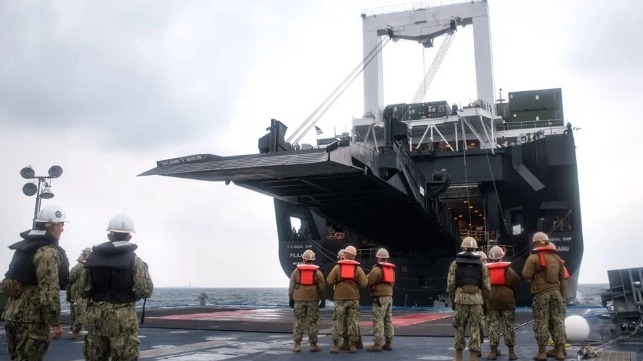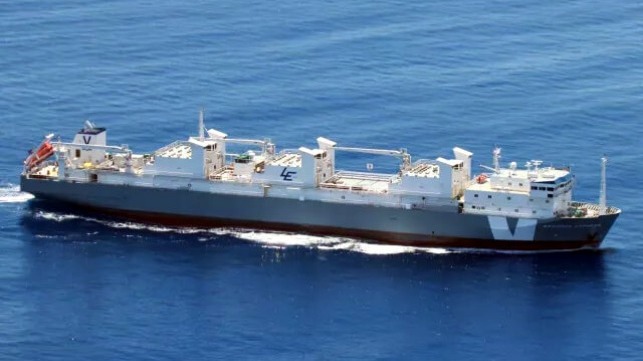[By: Oriani Hellas]
A few Norwegians in Athens are always good for the booming Greek tourism economy, but what happens when more than a dozen carefully selected Norwegian maritime technologists come to Athens to share insights, connect with the customers, and participate in some insightful panel discussions? That happened just a few days ago in a unique location for a maritime technology conference.
Oriani Hellas organized, curated, and hosted the event Navigating Excellence: The Norwegian – Greek Maritime Innovation Summit, held on March 13th & 14th at the Museum of Cycladic Art in Athens Greece. The event, supported by a grant from Iceland, Liechtenstein, and Norway through the EEA Grants Greece 2014-2021, in the frame of the Innovation, Business Development and SMEs program, brought together industry leaders, innovators, and stakeholders to explore digital and technological solutions that are and will transform the maritime landscape.
A dynamic mix of startups and global leading companies took center stage, showcasing the diversity and depth of Norway's maritime technology landscape. From promising startups with fresh perspectives, to established industry players, the presence of these innovative entities led to a fruitful exchange of ideas and expertise.
As Her Excellency Ms. Lajla Brandt Jakhelln, Ambassador of the Royal Norwegian Embassy in Athens, pointed out opening the event...
“The strong advantage for European economies has always been our ability to innovate and we must not forget this advantage in order to take the European shipping industry to the next level. Competition from Asia is fierce. Finding the right technology is crucial. These technologies again need the support of digitization and big data...” Shipping is going through a period of MASSIVE change, at a much faster rate than ever before. Technology is being developed rapidly and while other industries are changing and adopting these tools, shipping is still traditional, and needs to catch up fast to ensure they remain competitive. We need technology, not only from a business perspective, where processes / people can become more efficient and more productive, but also to increase safety, to take better care of our crews, and to do everything we can to help save the planet.
Regarding the “unique location” which was the Museum of Cycladic Art in Athens, Philip Nielsen the Co-founder of ORIANI HELLAS, mentioned: “...This building (the museum) has the aroma of the sea, of the Aegean Sea where Greek shipping began thousands of years ago. The Cycladic civilization placed human beings at its center. Thissame heritage, these same principles and same values are carried by the successful Greek shipping of TODAY, where human is still at the center for everything, we do...”
Outcomes of the event:
Day 1:
Session #1 focused on "Vessel Performance", moderated by George Teriakidis, Area Manager at DNV Maritime. Topics discussed:
- Hull Maintenance and its Role in Performance Optimization – Age Hojmark | CEO of Shipshave highlighted the critical importance of hull maintenance strategies in enhancing vessel performance, advocating for proactive approaches to achieve operational flexibility, cost reduction, and emission mitigation.
- Smarter Hull Management - a Proactive Approach - Manolis Levantis | Global Data Science Team Leader at Jotun, presented the benefits of proactive approach in hull management, fouling prediction algorithm and Jotun’s proactive solutions.
- “Practical Approach to Digital performance management” - Darri Gunnarsson | General Manager at Ascenz Marorka presented the value of performance monitoring, including real-life case studies and an overview of Ascenz Marorka’s solution.
Session #2, "Fuel Optimization," moderated by Mike Konstantinidis, Managing Director at ZeroNorth A/S, continued the discourse on maximizing fuel efficiency and reducing environmental impact. Topics addressed:
- “Hydrogen Fuel Cells - a feasible pathway to zero emission ship operations” - Cristian Skajem | Head of Communications, Teco 2030 presented the core technology of TECO 2030’s Hydrogen Fuel Cells and ongoing projects, plans and prospects of the company.
- “Quantifying Environmental Impact” - Tonje Sellevoll Imafidon | Commercial Director at Ecoxy AS presented the necessity for shipping companies to address their environmental impact, offering a solution to provide reliable emissions measurements data crucial for emissions reduction efforts.
- “FuelOpt Solution”- Richard Engelhart Bjercke | CCO at Manta Marine Technologies focused on FuelOpt, an on-board hardware solution to optimize fuel consumption based on vessel data from multiple sources, by fixing the speed and consumption settig and taking out continuous user changes.
The day concluded with Session #3 on "Big Data," moderated by Dr. Ioannis Lagoudis, Associate Professor at UNIPI, exploring the transformative potential of big data in maritime operations. Panel topics:
- “Using Data to improve efficiency: Drydocking and beyond” - John Wills | VP - Product Management at Shipnet, presented the untapped value of data in improving efficiency for the maritime industry and as an example, showed the audience the value of data management in optimizing their Dry-Docking procedure.
- “Simplify, Improve and Optimize your IT Solutions.” - Where Rolf Nøstdah | Sales Manager at The Ship AS, presented their solution for improved data registration and information access from various systems in a simpler and more streamlined way, with a focus on the difficult to track area of in-port operations.
- “How to build a solid digital strategy by leveraging your fleet’s data.”- Where Dionysis Asimakopoulos | Growth Manager at Kongsberg Digital, presented the crucial role of data collection in establishing a digital strategy for a shipping company, enabling enhanced safety, flexibility, and long-term viability.
One important element discussed during the event was that of collaboration, not only between vendors and clients but also among different vendors themselves. As John Vandoros, the General Manager of ORIANI, said regarding how digitalization with take-off in Greece; “The answer is through developing relations and getting people face to face to discuss the real issues of the end user...”. Meaning that, the most effective way to understand and resolve today’s complex maritime issues is by cultivating relationships and enabling a comprehensive understanding of the shipping companies’ requirements. As he also pointed out: “Frank discussions and realistic promises by the software companies (to their clients) will build trust and allow time for them to deliver the right solution”. In other words, by fostering a culture of transparency and realistic expectations, software companies can build strong relationships with shipping companies. This will allow them the necessary time and space to develop and deliver solutions that are truly tailored to today's market needs.
Day 2:
Session #4 on "Crew & Training" with moderator Katerina Skourtanioti, Managing Director at VENLYS, emphasizing the importance of human capital in maritime operations and its efficient training. Notable presentations included insights on:
- “Next Generation Safety Culture Program” - Didrik Svendsen | CEO, Sayfr presented how SAYFR has developed a state-of-the-art platform to cultivate behaviors - all based in science. He discussed the importance of data-driven interventions and how Value Propositions for the Culture Change Processes have changed dramatically over the last few decades.
- “Gamification Training for the Industry.” - Felix Gorbatsevich | CEO of PaleBlue explored the application of gaming engagement principles to workforce training and development, emphasizing the importance of enjoyable, interactive, and effective eLearning methods amongst a variety of digital training options, including Digital Interactive Training and Virtual Reality.
- “Data in action: optimized decision making in crewing” - Agapitos Diakogiannis | CEO & Co-founder of Seafair presented his solution and the value of digital approach to crew management, emphasizing how systems should serve humans and not the opposite.
And closing, Session #5 "Crew Health & Safety" with moderator Constantinos Triantafyllou, the Head of Strategy & Development at HELMEPA, outlined the importance of our seafarers’ safety and healthcare in efficient maritime operations.
- “Enhancing Maritime Safety with Dimeq Solutions” - Øystein Bondal | CEO of Dimeq presented his wearable sensor that connects to a smart platform with Man Overboard detection, location communication and a safety system that could lead to the transition to “smart vessels”.
- “Digital Management of ships medicine chest”- Geir Østrem | CEO of ShipMed AS, addressed the challenge of ensuring vessels always maintain adequate and compliant medical supplies and equipment onboard, regardless of flag, voyage, or crew size. ShipMed’s solution can proactively manage and document compliance, keeping vessels ahead of existing regulatory requirements.
- “Pioneering Maritime Healthcare with Data-Driven Innovation” - Laura Benzonana, PhD| CEO at Health4Crew, explained how shipping companies can take a proactive rather than a reactive approach to crew health and wellbeing, and how by choosing the right systems, you are able to access and analyze crew health data quickly in the event of a medical emergency.
As the experienced Capt. Dimitris Aslanoglou from Eletson Corporation wisely pointed out at the event’s closing remarks “...happier crews are safer crews...”.
To conclude, this gathering was not only about Norwegian companies showcasing maritime digital solutions. The summit provided Norwegian representatives the opportunity to gain firsthand knowledge of the intricacies of the Greek shipping industry. Likewise, Greek shipping executives had the chance to gain insights from Norwegian maritime solutions and operations through case studies and new technologies. An environment was created where both could engage in constructive dialogue and gain a deeper understanding of each other's operational dynamics.
